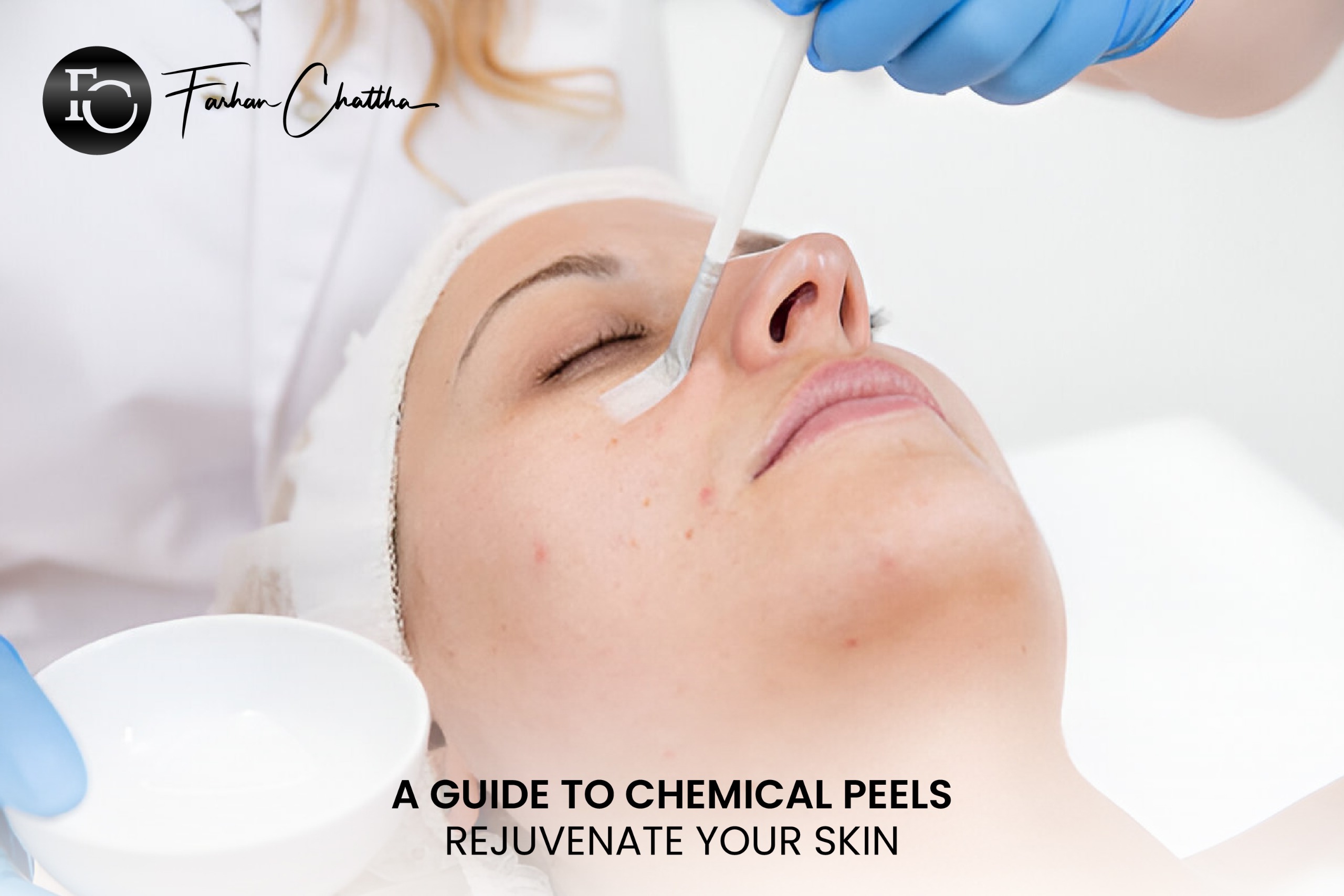Chemical peels are a popular, non-invasive cosmetic treatment that rejuvenates the skin, addressing various concerns such as acne, hyperpigmentation, and fine lines. With their ability to resurface and revitalize the skin, chemical peels have become a staple in dermatology and skincare.
What are Chemical Peels?
Chemical peels involve applying a solution to the skin, which removes the top layers, revealing smoother, brighter skin. The peel’s depth and strength determine its effectiveness.
Types of Chemical Peels
- Light Peels: Glycolic, lactic, or salicylic acid; ideal for mild skin concerns.
- Medium Peels: Trichloroacetic acid (TCA) or Jessner’s peel; suitable for moderate skin issues.
- Deep Peels: Phenol or Baker-Gordon peel; used for severe skin concerns.
Benefits of Chemical Peels
- Improved Skin Texture: Smooth, even skin.
- Reduced Acne: Unclogs pores, minimizing breakouts.
- Fading Hyperpigmentation: Diminishes age spots and dark spots.
- Fine Line and Wrinkle Reduction: Stimulates collagen production.
- Enhanced Skin Radiance: Brightens and evens skin tone.
Chemical Peel Procedure
- Pre-Peel Preparation: Cleanse and prepare skin.
- Peel Application: Solution applied to target areas.
- Neutralization: Peel neutralized with water or baking soda.
- Post-Peel Care: Follow specific instructions for optimal recovery.
Recovery and Aftercare
- Redness and Irritation: Temporary side effects.
- Peeling and Flaking: Expected 2-5 days post-peel.
- Moisturizing: Essential for hydration and comfort.
- Sun Protection: Crucial for preventing hyperpigmentation.
Precautions and Contraindications
- Sensitive Skin: This may require gentle peels or alternative treatments.
- Pregnancy and Breastfeeding: Certain peels may be contraindicated.
- Skin Conditions: Active acne, rosacea, or eczema may require special consideration.
Chemical peels offer a safe, effective solution for various skin concerns. Consult a dermatologist or skincare professional to determine the best peel for your individual needs.

